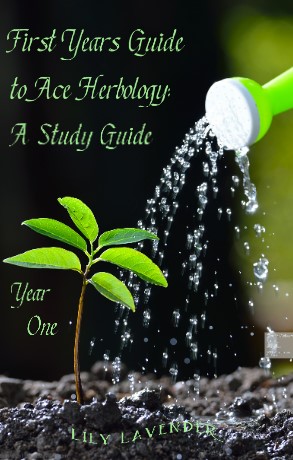First Years Guide to Ace Herbology: A Study Guide
By Lily Lavender
This book is intended for all who need a quick study reference guide for HERB-101. It has a glossary of terms & its appropriate meanings for the entire course. Each chapter is based on a lesson; where it won't go into grave detail, but will give you the necessary components to study for upcoming tests & assignments. This does not include mid-term & final exams. All detailed information about each topic is in your official lessons with the Professor. DO NOT COPY AS IT IS PLAGIARISM!
Last Updated
May 31, 2021
Chapters
10
Reads
3759
Lesson Three Study Guide
Chapter 4
Some plants like the shade & others can't stand being in the sunlight. When planting, consider how much an area gets sunlight. Some plants can't stand morning rays, but will rely on the evening sunlight. Some plants can't handle being drowned in water. When watering, consider the areas drainage. If using a potted plant, make sure it has drainage holes. If it doesn't, water the plant less often. If the plant is outside, check if the soil is fine or rocky before watering. Different lands have different nutrient levels. It can be fine, sandy, rocky, or rich. The pH range is important; anything higher than seven is basic soil & anything lower than seven is acidic soil. Plants love being sung to. Roses enjoy love songs, vines enjoy jazz, fall/winter flowers enjoy songs with sad lyrics, trees enjoy older songs, bushes enjoy sassy songs, & dangerous plants enjoy comedic songs.
The pH Detection Charm
Plants such as trees & cacti have long lifespans. The plant starts as a seed, grows as sprouts, & matures. If a plant is too big for the pot, you will need to repot it in a larger pot. Gaviat Roots will eat two thirds less than previously.



